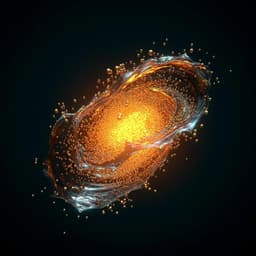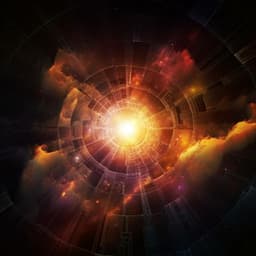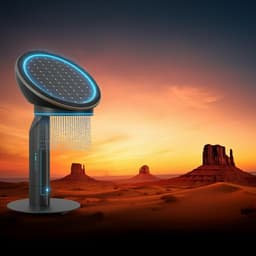
Engineering and Technology
Multistage coupling water-enabled electric generator with customizable energy output
P. Li, Y. Hu, et al.
Discover the groundbreaking multi-stage coupling water-enabled electric generator (mc-WEG) that not only utilizes liquid flow but also moisture to generate impressive amounts of electricity. This innovative research by Puying Li, Yajie Hu, Wenya He, Bing Lu, Haiyan Wang, Huhu Cheng, and Liangti Qu achieved a remarkable power density and showcases adaptability for sustainable energy solutions.
Playback language: English
Related Publications
Explore these studies to deepen your understanding of the subject.







